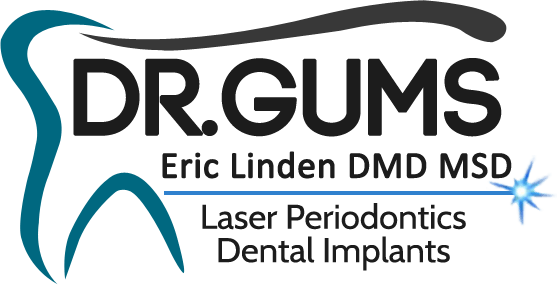CHICAGO – February 6, 2006 – Results of a new study support the hypothesis that chronic periodontal infection increases the risk of developing preeclampsia in pregnant women. This study printed in February’s issue of the Journal of Periodontology. Study Abstract *
The results also suggest that maternal chronic periodontal disease is a risk factor for low birthweight babies among preeclamptic mothers compared to those women who did not have preeclampsia.
“We found that chronic periodontitis was more prevalent in the preeclamptic group by almost 64 percent than the non-preeclamptic group at 36 percent,” said Dr. Adolfo Contreras from the School of Dentistry, University of Valle, Cali-Columbia. “Women in the preeclamptic group had more clinical attachment loss than the healthy women group. Moreover, mothers having preeclampsia showed greater periodontal destruction.”
Researchers also found that chronic periodontal disease and the presence of the microorganisms, such as Porphyromonas gingivalis (P.gingivalis); Tannerella forsythia (T. forsythia); and Eikenella corrodens (E.corrodens) were significantly associated with preeclampsia in pregnant women.
This might mean that periodontal bacterium could find its way into the bloodstream in patients with periodontal disease. “P. gingivalis has not only been found in the blood circulation but also in atherosclerotic plaques, which has been linked to periodontal disease and cardiovascular disease,” explains Contreras.
“The results of this study provide additional evidence that periodontal infection is linked to preeclampsia; however, further research is needed to support a causal association and its clinical implications,” said Kenneth A. Krebs, DMD and AAP president. “Pregnancy-associated gingivitis is a preventable and easy to treat disease. It is still not known what is the precise mechanisms involved are in the association between periodontal infections and preterm birth. To date, no harmful damaging effect caused by periodontal intervention in pregnant women has been reported.”
Background Information
The study included 130 preeclamptic and 243 non-preeclamptic women between 26 to 36 weeks of pregnancy. A clinical record regarding personal information, marital status, race, education level, number of pregnancies and medical examination was completed for all patients. Preeclampsia was defined as high protein levels in urine (2+ proteinuria), confirmed by at least 0.3 g proteinuria/24 hours and hypertension. Clinical measures of periodontal health were determined in all subjects, including sulcus/probing depth (PD), gingival recession, and periodontal clinical attachment loss (CAL).
A referral to a periodontist in your area and free brochure samples including one titled Women and Periodontal Disease are available by calling 800-FLOSS-EM or visiting the AAP’s Web site at www.perio.org.
About the AAP
The American Academy of Periodontology (AAP) is the professional organization for

